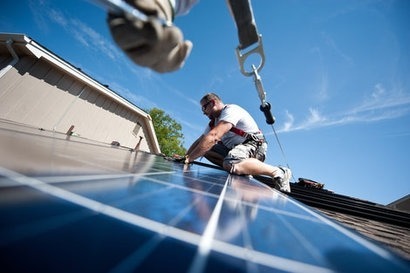
The launch of the report is especially timely, following the announcement of the consultation on the closure of the RO for solar as well as a forthcoming consultation on Feed-in Tariffs. The report details the impressive reduction in costs for solar over the past decade and also models a number of different scenarios to grid parity in the next five years, thereby enabling the industry to continue to develop as direct subsidies are gradually phased out. It also highlights the importance of maintaining support so that the majority of the industry, which includes many small and medium enterprises, will be able to reach grid-parity.
The government’s recent announcements on renewable energy support means that it is imperative for bill payers money and government support to be used effectively in the short term while also ensuring a low-cost, low carbon future is achievable. Solar will become a key technology in achieving this, being able to compete with traditional fossil fuel generation by the end of the decade if the government provides clear and stable policy leadership. The report assesses how solar could make the transition, utilising alternative non-subsidy measures to avoid the market stalling.
“We need to get to the low carbon economy in the most cost effective way, but to do that government and industry have to work together” said REA Chief Executive, Dr Nina Skorupska. “Clear and stable policy leadership is vital, and as robust as solar is, it can still be held back just short of the finishing line by misguided government interventions. This report shows how close solar is to competing with traditional power generation, and with positive government decisions we can ensure the smooth transition from subsidy to business as usual.”
The report makes several key recommendations, including the development of a national energy strategy that incorporates energy storage alongside solar and giving a coherent overview of the grid. Feed-in Tariffs should also be set at a level that allows acceptable returns and degressions should be clearly set out. There should also be a review of alternative ways to support the solar industry, including the tax regime and net-metering. This would allow a smooth transition away from subsidies.
For additional information:

